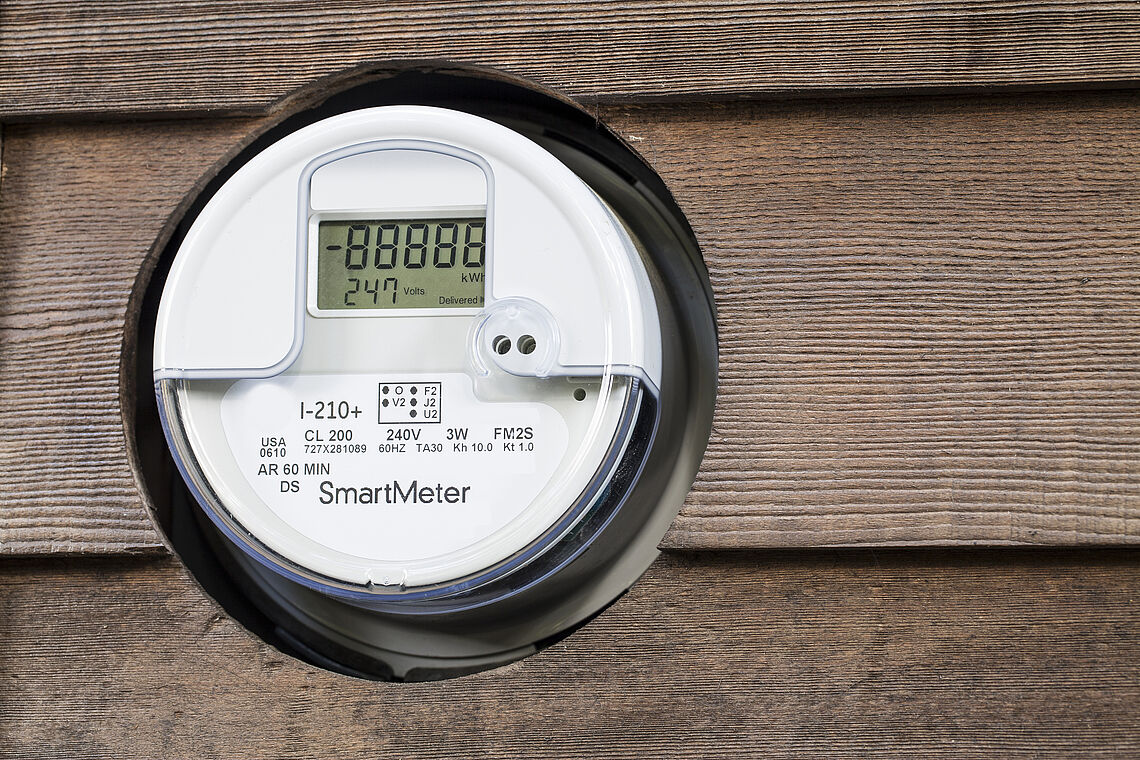Critical infrastructures, such as power grids, are increasingly threatened by cyber attacks. The consequences would be dramatic, ranging all the way to a total blackout. At AIT, methods are being developed to make power grids more secure - on the one hand, through a considered design of the grids, and on the other hand, through systems that detect attacks at an early stage.





